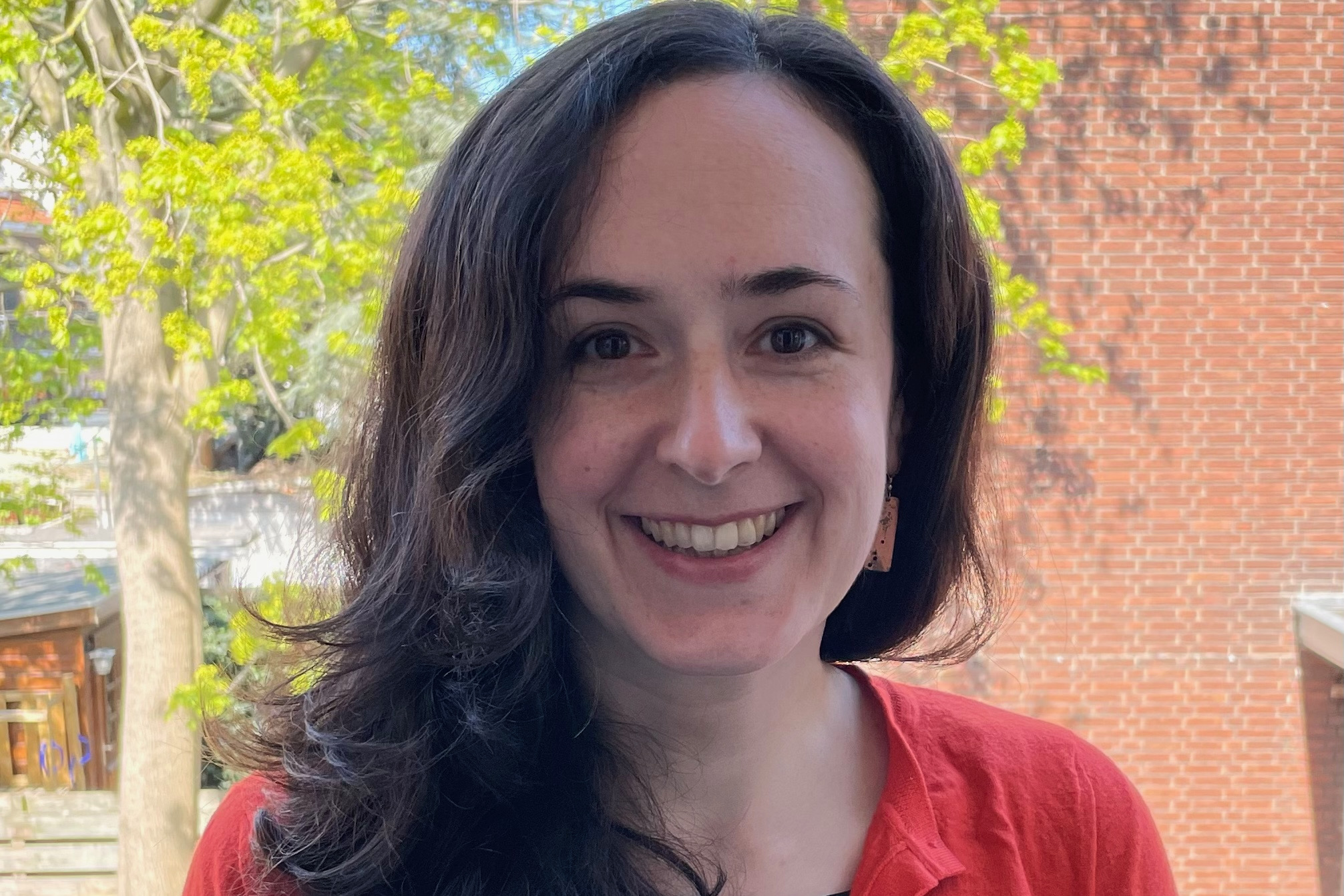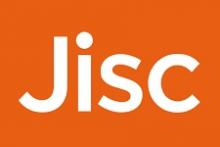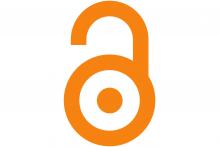When two worlds collide

Céline Richard
Céline Richard explains what the Large Hadron Collider has taught us about the importance of open access research
In March, the scientific community celebrated the return of active experiments within the world’s biggest and most powerful particle accelerator, the Large Hadron Collider in CERN, Switzerland. In celebration of this, now is a good time to reflect on the enormous strides in open access publishing that this project has helped facilitate.
Due to the nature of their work and the timescale of their experiments, the nuclear and high energy physics community has always worked in an ‘open access’, collaborative way, this is often viewed as the exception in scientific research rather than the rule.
This exceptional way of working has helped lead to some of the biggest scientific breakthroughs this century, including the discovery of the Higgs Boson back in November 2014 where open access data helped validate predicted subatomic particle patterns. This was a seminal moment in science, largely made possible through knowledge-sharing via CERN’s Open Data Portal Website, which released an incredible 29 terabytes of data from 300 million high-energy collisions.
Open science is more than just open access to literature. The journal SoftwareX organised a Gravitational Waves special issue, publishing the software used, sharing code that helped collect and analyse the data of LIGO experiment. LIGO, the Laser Interferometer Gravitational-wave Observatory, is responsible of one of the major physics discoveries of the last decades. In 2014, it directly observed gravitational waves for the first time – ripples in the fabric of space and time predicted by Albert Einstein 100 years earlier. The Nobel prize 2017 was awarded to the founders of LIGO and this experiment would not have been possible to develop without the underlying open access software.
The CERN Document Server already provides access to 100,000-plus articles and preprints from these large experiments and their number keeps steadily growing - a clear testimony of how knowledge leads to more knowledge, and research can be built.
In a time where there is more knowledge than ever, access to reliable, credible, scientific information is important to help verify, acknowledge and back up scientific claims. Open access helps not just established scientists to build careers but supports young researchers across the world. For example, since 1990, Brazilian institutes participated in all the main experiments at the Large Hadron Collider (LHC): ALICE, ATLAS, CMS and LHCb. Scientists from four Brazilian institutes collaborated in the Higgs discovery paper published in Physics Letters B and in the four main LHC experiments, more than 180 Brazilian scientists, engineers and students worked together. This collaborative effort is similar for all countries worldwide.
2014 was also the year CERN launched the SCOAP3 project which opened up all relevant nuclear and high energy physics journal articles (including Elsevier’s two journals, Physics Letters B and Nuclear Physics B).
This one-of-its-kind partnership of over three thousand libraries, key funding agencies and research centres in 44 countries and three intergovernmental organisations has generated so far close to 50,000 scientific articles. Among these papers can be found the well-known biennial 'Review of particle physics' which are alternatively published in different SCOAP3 journals. Partly due to the incredible results, data and information this project has enabled to share, the SCOAP3 agreement has recently been extended for a further two years until the end of December 2024.
Open access and an ‘exceptional’ collaborative way of working led to one of the most important scientific discoveries of the 21st century. As academic research and data sharing become increasingly globalised, it needs to be followed by many. The nuclear and high energy physics community’s way of working has been pioneering in terms of open science and some of its methods can be emulated amongst other scientific disciplines to accelerate the transition.
As we continue to emerge from the shadow of the pandemic and face further challenges to global collaboration, now, more than ever, maintaining our commitment to open access publishing and evolving the options on offer to the researcher community is vital if we are to safeguard the next generation of ground-breaking discoveries.
Céline Richard is associate publisher for the Nuclear and High Energy Physics portfolio at Elsevier.










